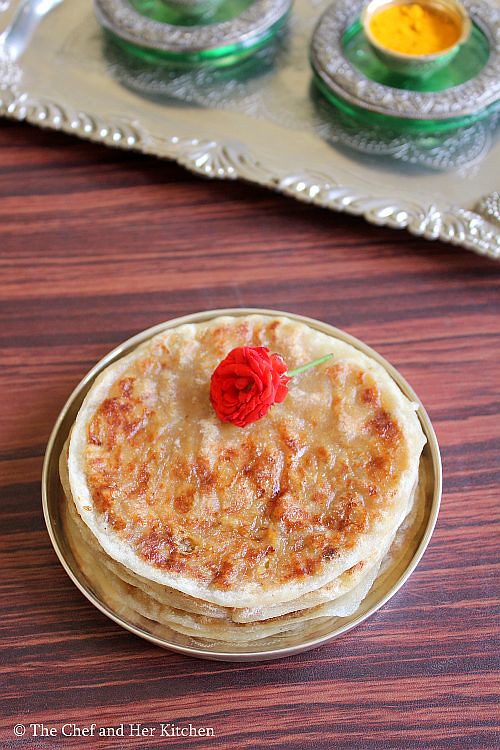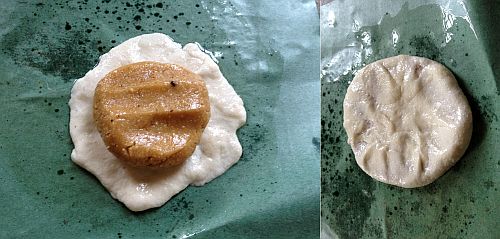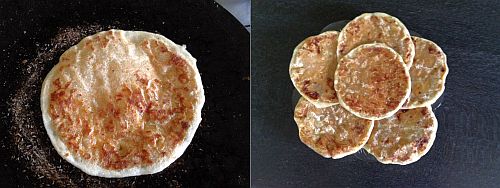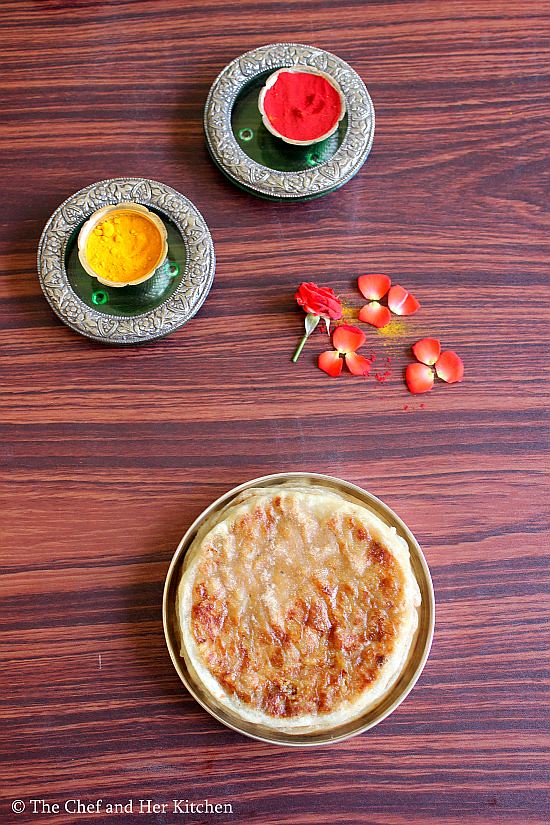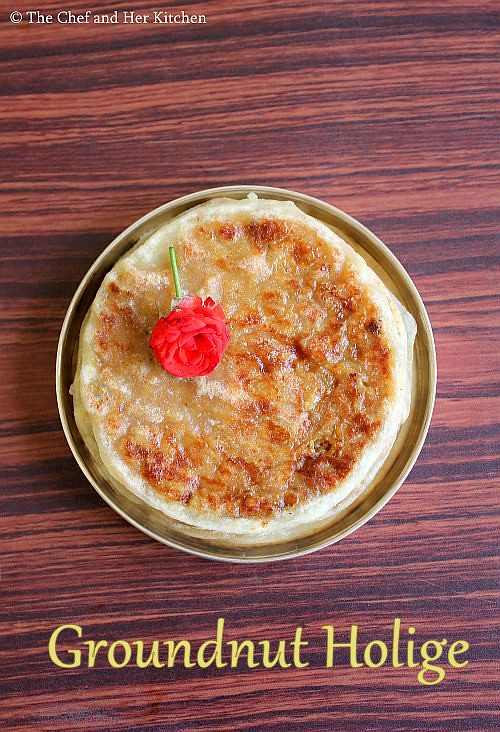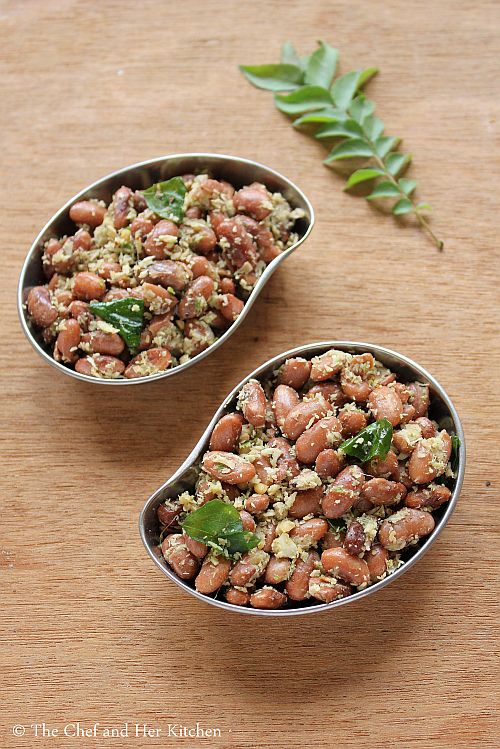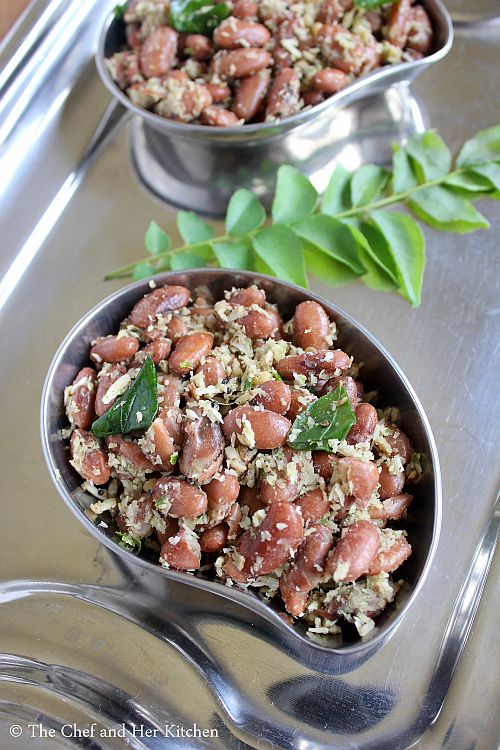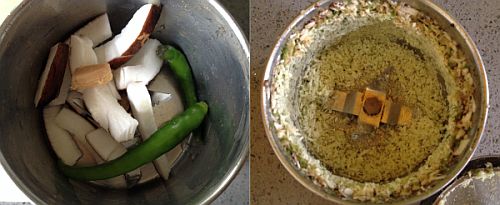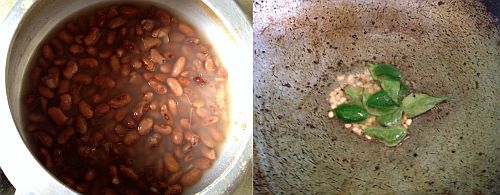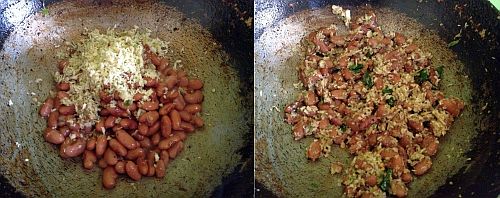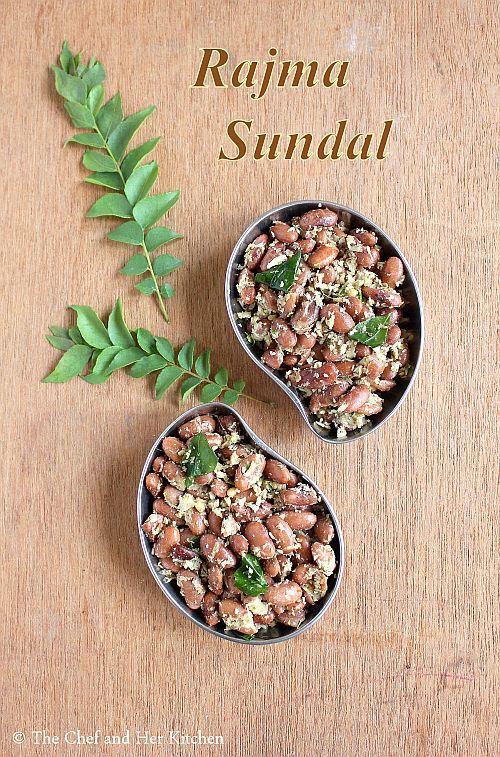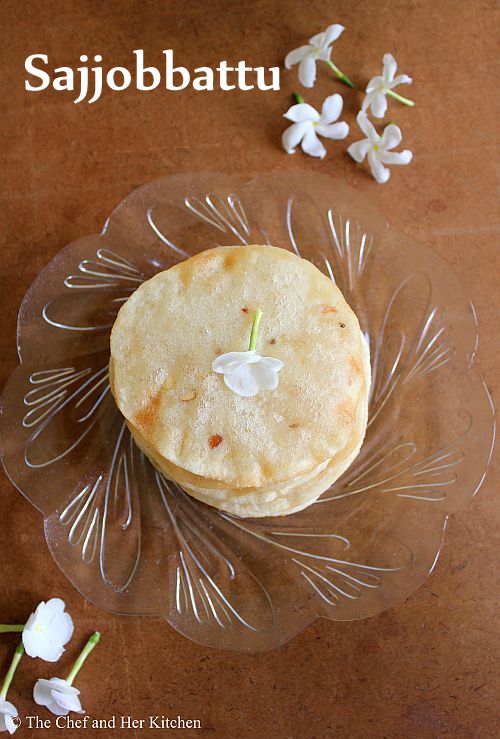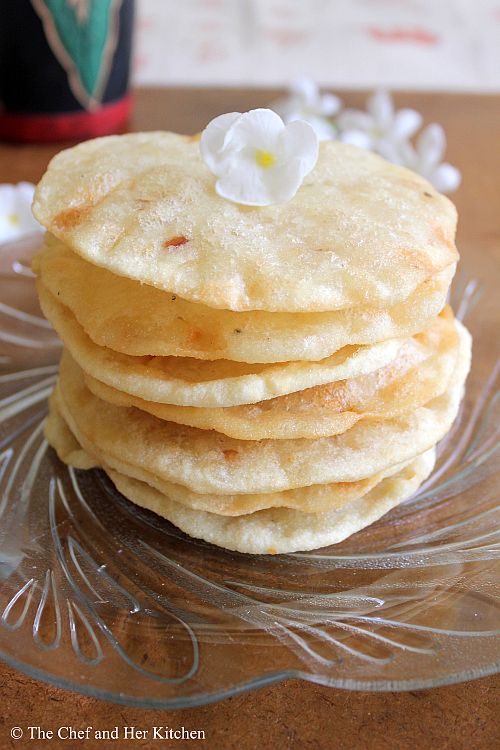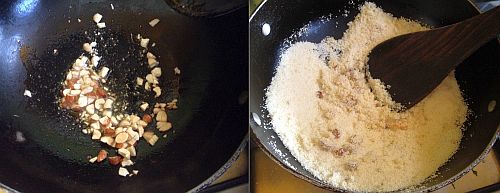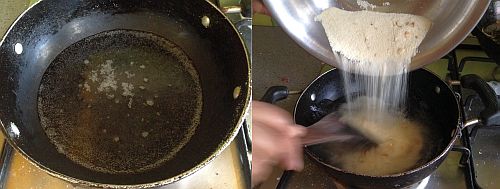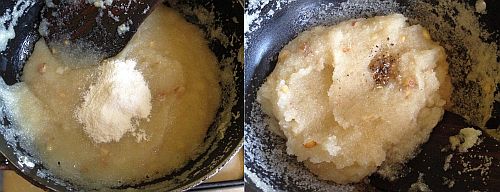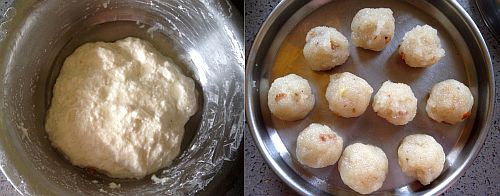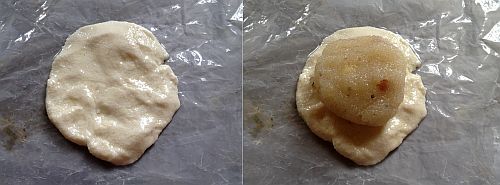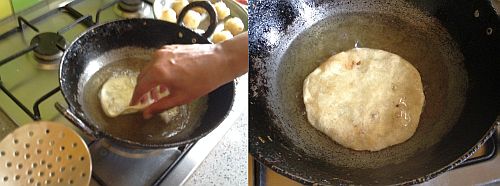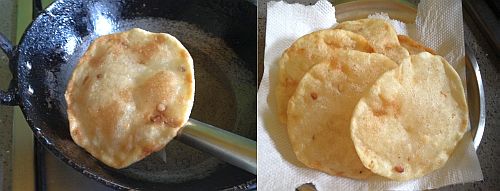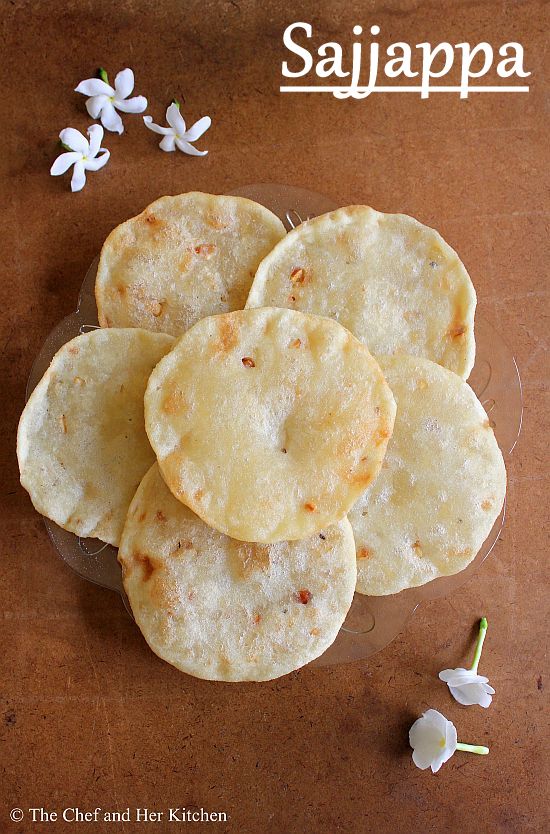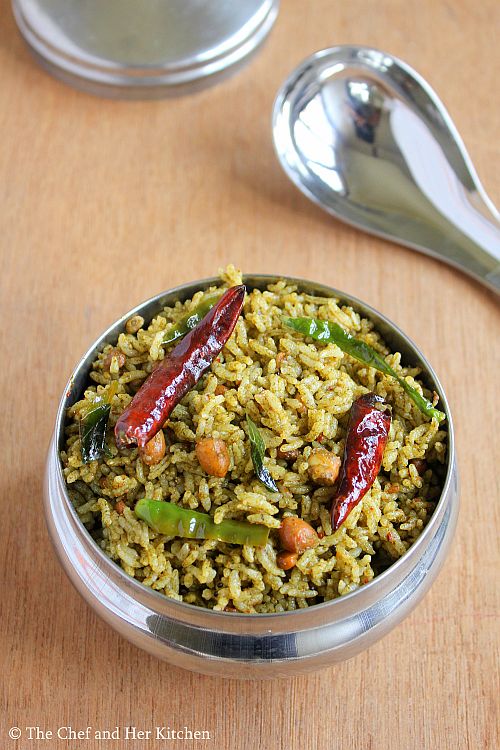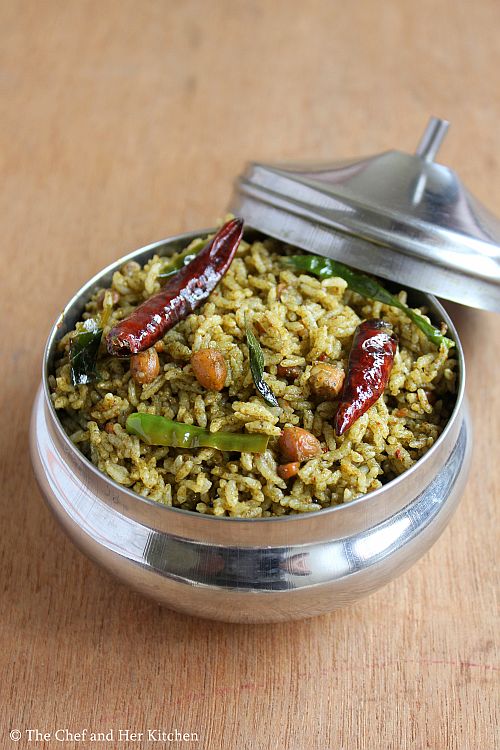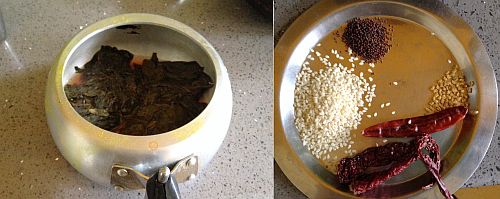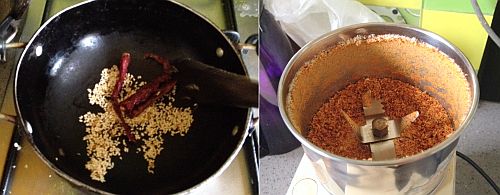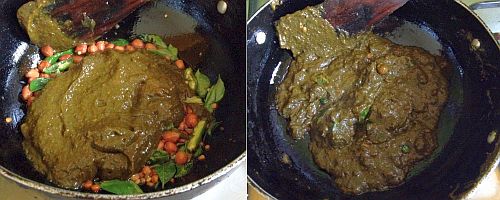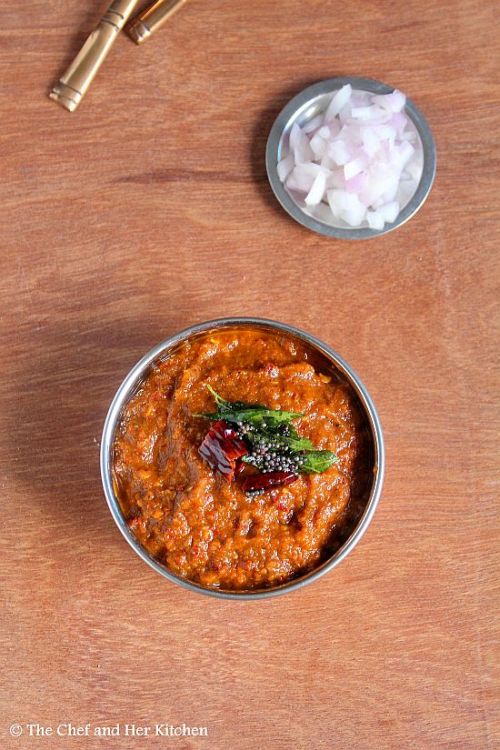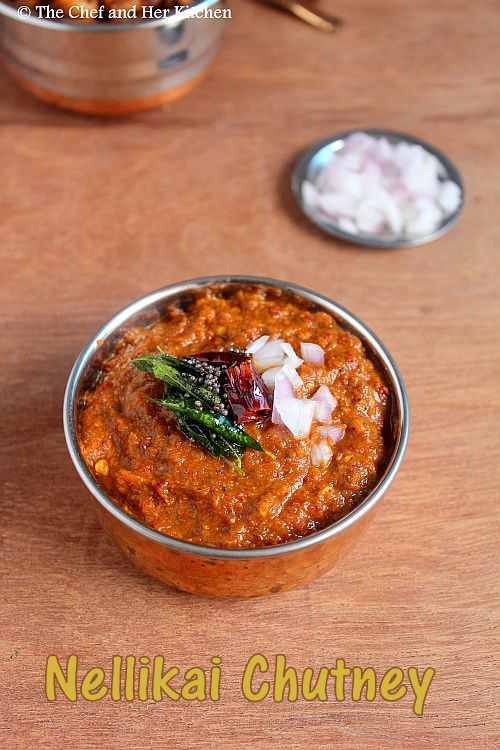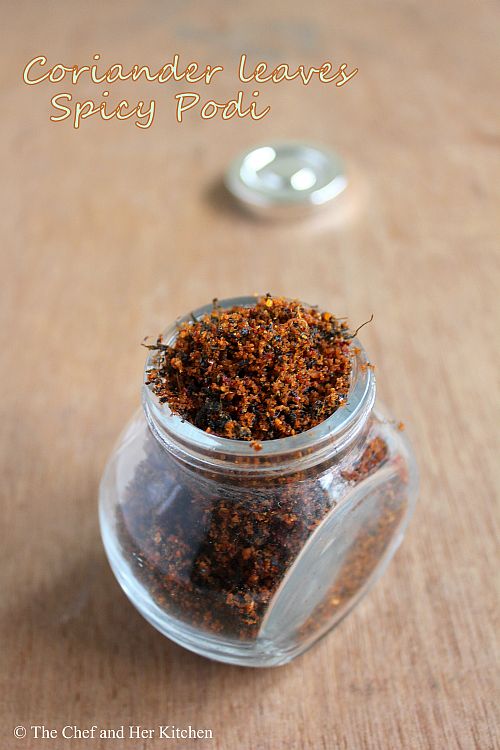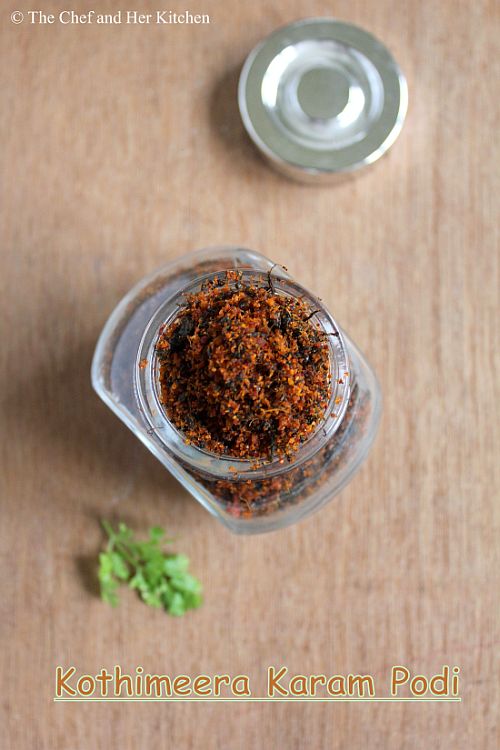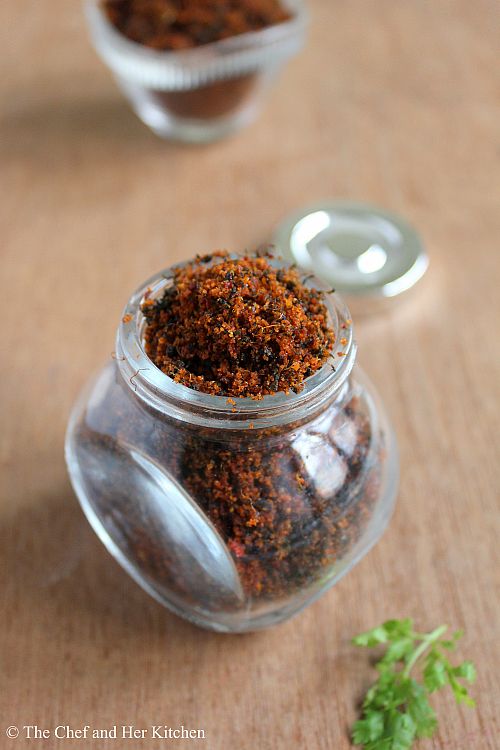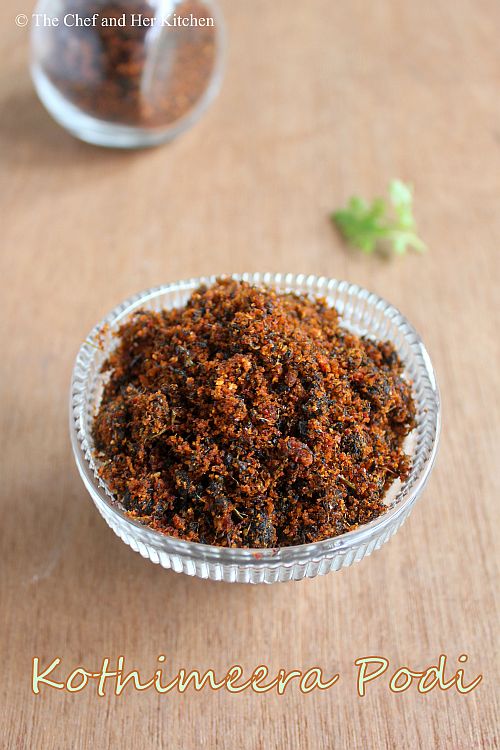Holige is one of the most favorite sweets in our family and gets featured quite often either on a festival day or functions.There are various varieties of Holige and the most popular among them is Pappu Obbattu(Bele Holige) which is our typical community special as the stuffing is made up of toor dal and jaggery and Coconut Holige. Pappu Obbattu(Bele Holige) has shorter shelf life and has to be consumed in 2-3 days where as Coconut Holige has longer shelf and an be stored upto a week.
Groundnut Holige(Shenga Holige) is a North Karnataka speciality and it can also be stored up to a week. Shenga Holige turns slightly crispy once it cools down, but if you reheat it on tawa it turns soft.
Check out other Holige Recipes here:
Check out other Holige Recipes here:
Prep time: 30 mins | Cooking time: 30 mins | Total time: 1hr + 1 hr resting time
Cuisine: South Indian | Category: Sweets/Festival Sweets
Ingredients:
Ingredients:
Ghee/oil, to fry poli/holige
for outer layer/dough:
for outer layer/dough:
1 cup Maida/Chiroti rava
a pinch of Salt
1 1/2 tsp ghee, melted
1/3 cup Oil, to soak the dough
Water, to mix the dough
for filling:
for filling:
1 1/4 cup Groundnuts
1 cup grated Jaggery
Method:
- Mix flour(maida) or chiroti rawa with a pinch of salt and ghee and add water to it and knead in to a very smooth dough. The consistency of the dough should be very loose than the regular roti dough, this is the most important step otherwise you will not get softer polis.You can add a pinch of turmeric powder to the dough if you want.
- Now using your fist hit the dough for few mins to get the softer dough or lift the dough and drop it hard into the bowl and repeat it until the dough becomes very smooth.
- Now place this dough in a deep vessel and pour oil over it until the dough is completely soaked in oil. Let the dough rest for a minimum of 1 hr and upto 2 hrs. Drain the excess oil and use it for other purpose.
for the filling:
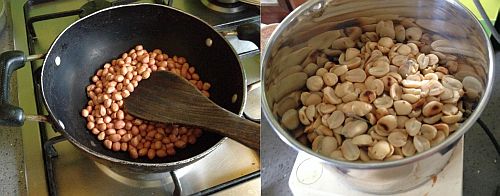

- Dry roast groundnuts until they turn slightly crispy and has some black patches.Taste one groundnut and check whether it is roasted completely or not.Let them cool.Rub your palms thoroughly on the groundnuts to remove their skin and separate the peeled skin and groundnuts.
- Grind roasted and skinned groundnuts to a powder in the mixie and
then add grated jaggery to it and run it again to get a uniform mixture.The mixture might become sticky which is fine.
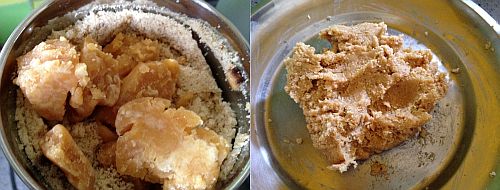
- Store it in air tight container.Make this on the previous day itself to ease up the process on the festival day.
- Cut the holige paper into a round and place it on the rolling stone which we use to roll rotis. Grease holige paper or banana leaf with oil.
- Pinch a small amla sized dough(the amount of dough should be half the quantity of the filling you take) and flatten it a bit using your hands as shown in the pics and place one ball of filling and seal it properly from all the edges like how we do for parathas.Now flatten it slowly with hands to get 5" diameter circle. Alternatively you can roll it like parathas like how we do in between two greased transparent sheets. Adapt the method which ever is convenient for you
. - Let it sit for 20-30 seconds and now peel the holige paper gently scraping it along the edges using a spatula. See the pics to get a clear understanding of it.
- Repeat the process for making all polis, smear the holige paper liberally with oil and follow the same procedure.
Serve the Shenga poli warm or hot with melted ghee.
Notes:
Notes:
- These holiges can be stored upto a week.They turn slightly crispy and hard when it cools down, you can reheat them on tawa before serving for soft holiges.
- You can replace groundnuts with sesame seeds and follow the recipe to make nuvvula obbattu,even it tastes delicious.
- You can add 1/4 tsp cardamom powder to the groundnut filling.

 Vegetables
Vegetables




